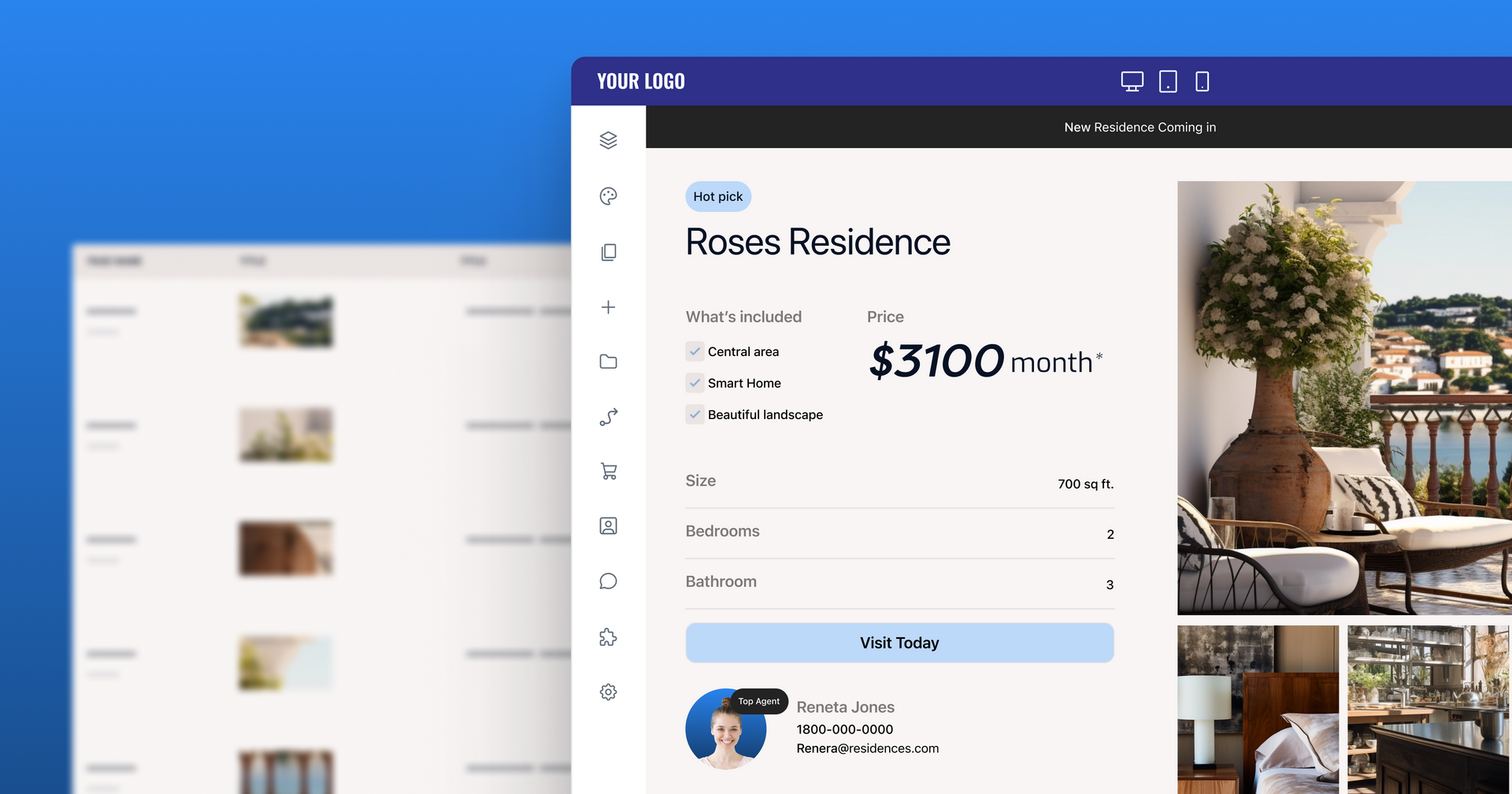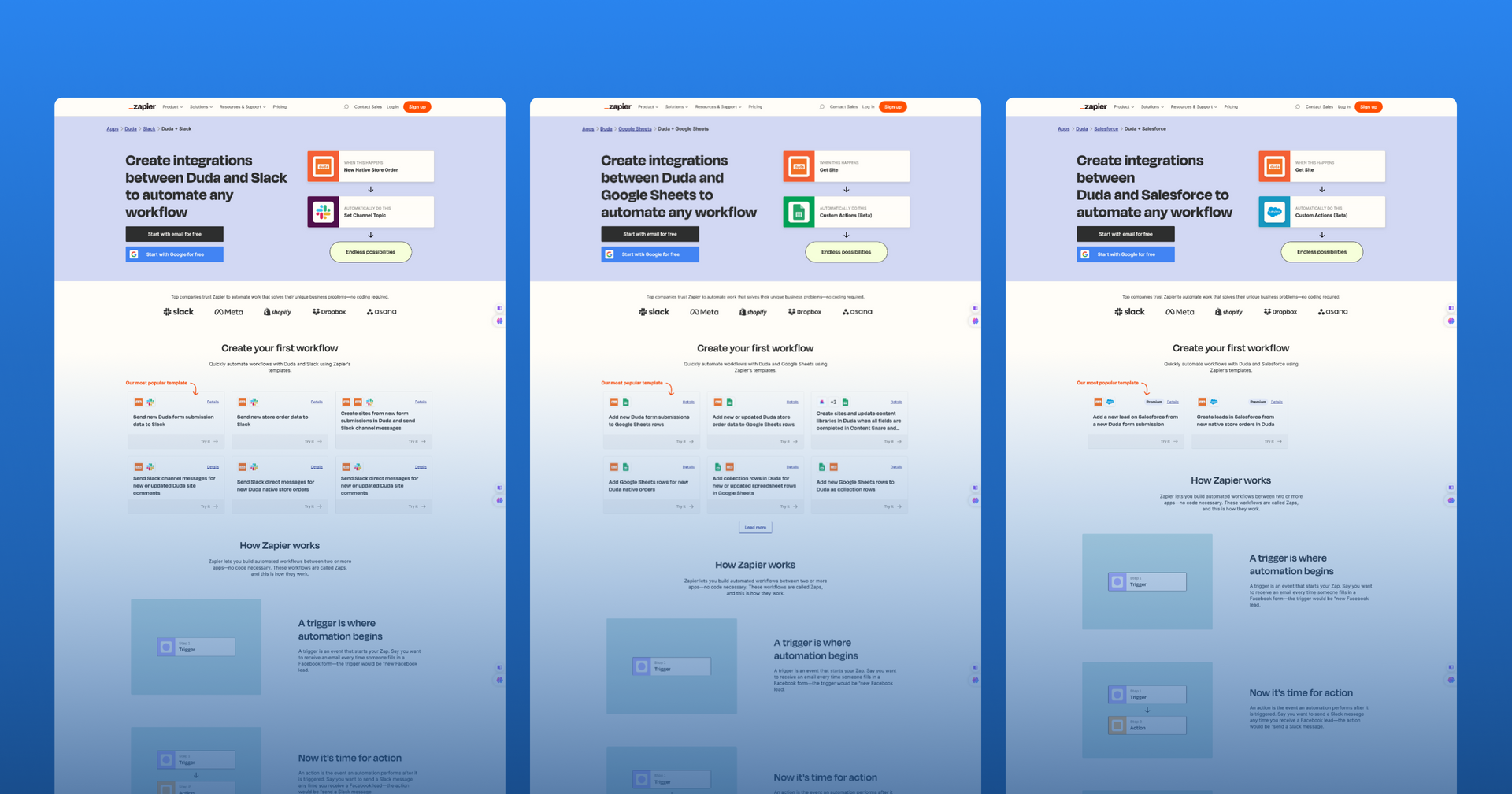If you’ve ever even so much as dipped your toes into the world of
SEO then you’re probably aware of
keyword research. While there are many aspects to good keyword research, an important part is deciding exactly which keywords you want to attempt to rank for and, more importantly, if it’s worth the effort.
The reward-to-effort ratio of a keyword is often referred to as the “tail.” Short-tail keywords, or head terms, have a very high level of search traffic but are also highly competitive. Think super basic keywords like “jobs” or “running shoes.” These are extremely difficult keywords to rank for and are often avoided by agencies who represent small businesses.
Instead, for most agencies, the sweet-spot is medium-tail keywords. These earn a lower level of traffic but are also proportionally less competitive. High quality content on a well developed website with great Core Web Vitals and a few reputable backlinks can reasonably expect to rank for keywords in this category—especially if you have the advantage of
being local.
What about keywords that are barely competitive at all? These low traffic, low competition keywords are considered “long-tail.” A long-tail keyword is exceptionally easy to rank for, often requiring you to do little more than a single create a page with some reputable content, but attracts less than a couple hundred searches a month. The mental math behind long-tail keywords is that typically that it isn’t worth the effort. But what if it was?
Creating landing pages at scale
Remember, the core problem with targeting long-tail keywords is that the effort typically isn’t worth the reward. We can’t control search volume, but what if we could reduce the effort. That’s where programmatic SEO comes into play.
What is programmatic SEO? Like the name implies, it’s the process of creating landing pages programmatically with the intent of ranking for a particular keyword or query.
If you really think about it, that’s essentially what a blog or product page is. Using Duda, for example, the design of a particular blog post is determined via the layout while each post modifies only a portion. However, many brands take this concept so much further.
Zapier, for instance, programmatically generates a landing page for every possible combination of integrations—all with the intention of ranking in search. Go ahead and search for “duda google sheets integration,” Zapier will be one of the very first results. If you swap sheets out for “jotform,” you’ll get a nearly identical landing page. The same is true for “duda slack integration” and so on.
A quick glance at each of these examples starts to reveal how they did it. Zapier has a database of all of their integrations, and information from this database is injected into a templated page to create thousands of landing pages at scale. If that sounds familiar, that’s exactly how
Dynamic Pages work.
Programmatic SEO with Dynamic Pages
If you haven’t used them before, Dynamic Pages connect to either an internal collection or some external collection then uses the data within that collection to create pages. A collection is essentially just a spreadsheet. Every row represents a unique page while every column represents a unique piece of connected data in the form of a “variable.”
With Dynamic Pages, you can have your own programmatic SEO experiment up and running in a single afternoon. To better explain how you can do this yourself, we’re going to walk through an example featuring a fictional, Denver-based shoe store.
Determine our keyword
Programmatic SEO is most effective with long-tail keywords and long-tail keywords are typically pretty specific. There are dozens of third-party tools available like Moz, Ahrefs, and Google’s Keyword Planner that can help you find the traffic and competitiveness of a particular keyword. I’m going to use Semrush and I’m going to check the query “best shoe store in denver.”
According to Semrush, this keyword has a competition score of 40/100 and an expected monthly search volume of 90. That’s already pretty long-tail, but what if we segmented it further. A quick look at “best running shoe store in denver” reveals that this phrase has absolutely no competition and very little traffic. It wouldn’t make any sense at all to build this page for a client, but programmatically it might.
Create our list of modifiers
We know our keyword is going to be “best [blank] shoe store in denver” where [blank] is replaced by some activity, like running, but what activities are we going to use? We could sit down and brainstorm some shoe ideas or we could just ask AI to do it for us.
The prompt above gives us a pretty significant list to start out with. We should, of course, make sure that our shoe store client actually sells each of the shoes listed here. After a quick once-over, the content can be copied into an internal collection or Google Sheet to power our Dynamic Pages.
Build landing pages at scale
The final step is to build our template page. Internal collections allow us to add many different kidneys of data such as text and images that we can use to differentiate our landing pages. You can even generate content with AI to better differentiate each page.
Note that if these pages are too similar they may be flagged as
duplicate content—which means they won’t appear in search results. To avoid that you’ll want to take full advantage of Dynamic Pages to create unique, helpful, and compelling pages.
Try it out yourself
Agencies are already using Dynamic Pages to implement programmatic SEO for their clients in a variety of creative ways. Rental companies are generating unique pages for their properties, mechanics, their services, and so much more. We even do it ourselves with
webinars.
What are you waiting for? Dynamic pages are available today on
Duda’s agency plan and above. You can test it out yourself with a
free 14-day trial.








